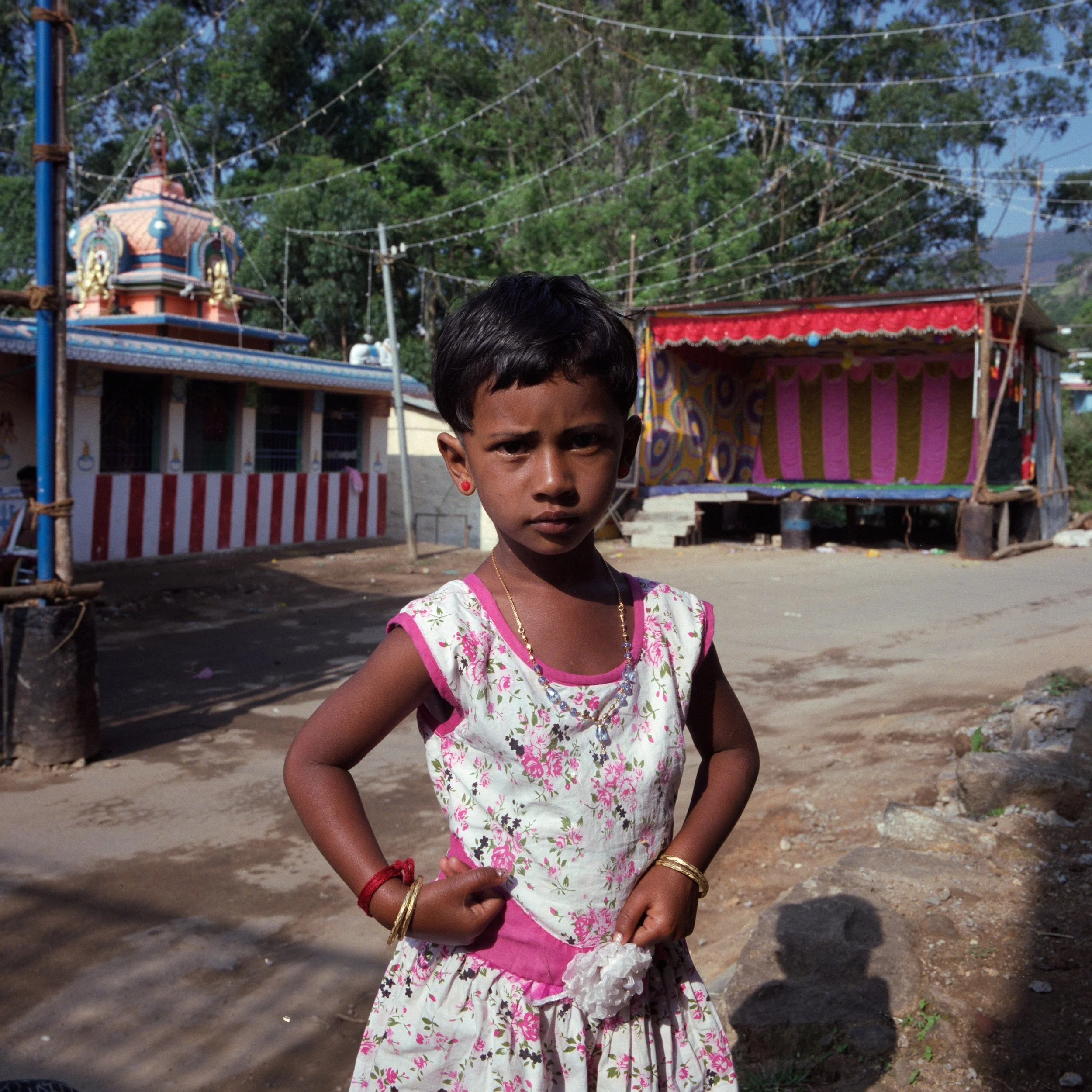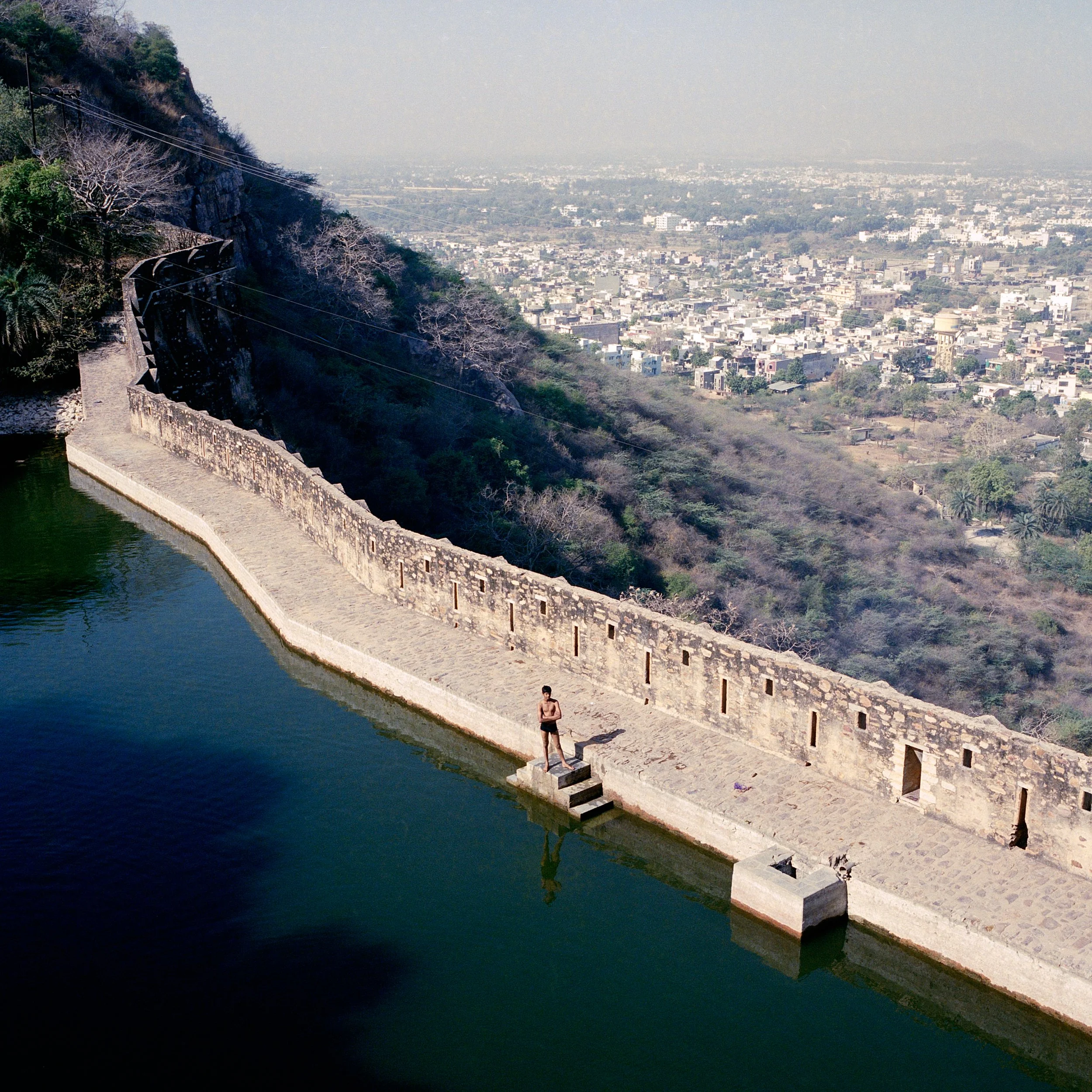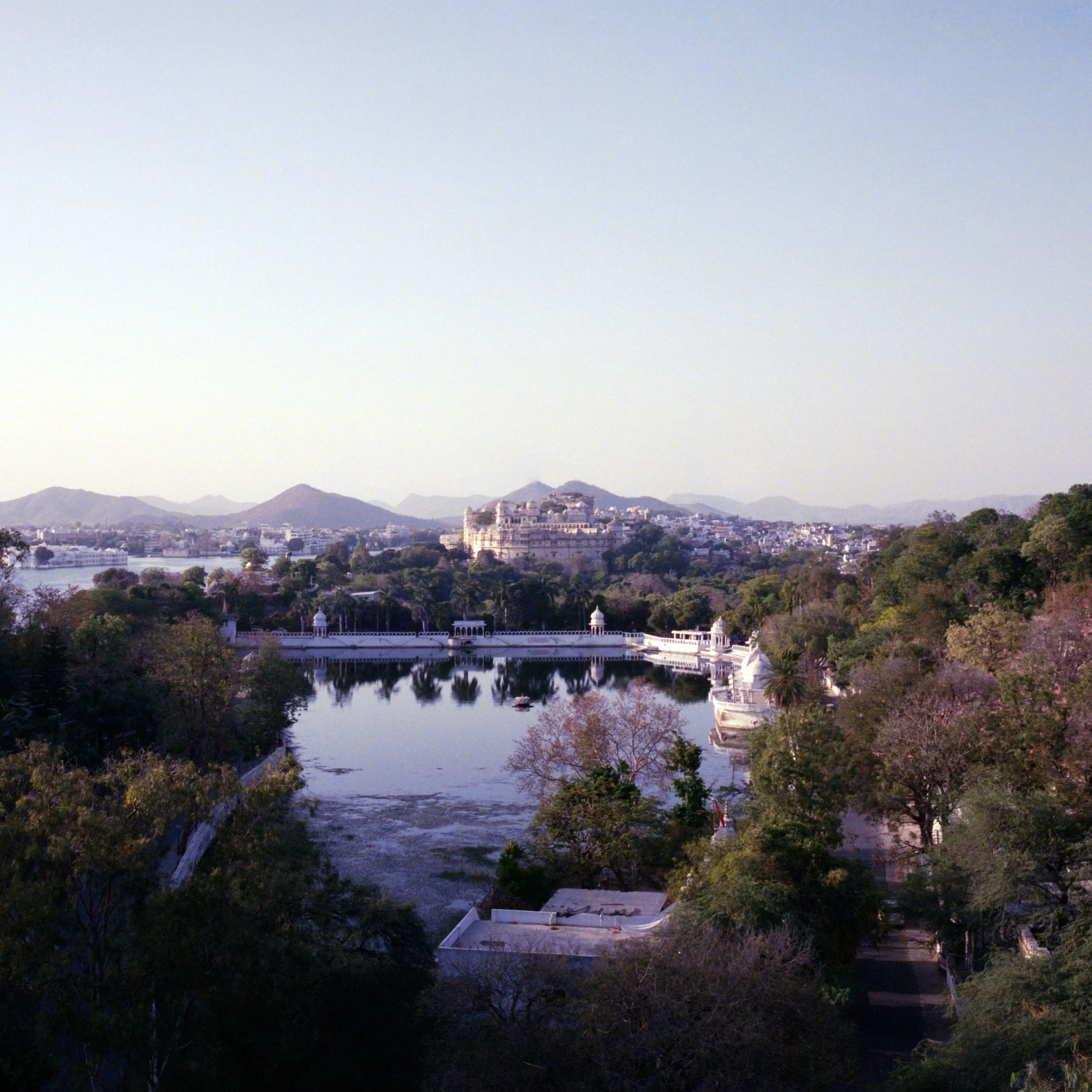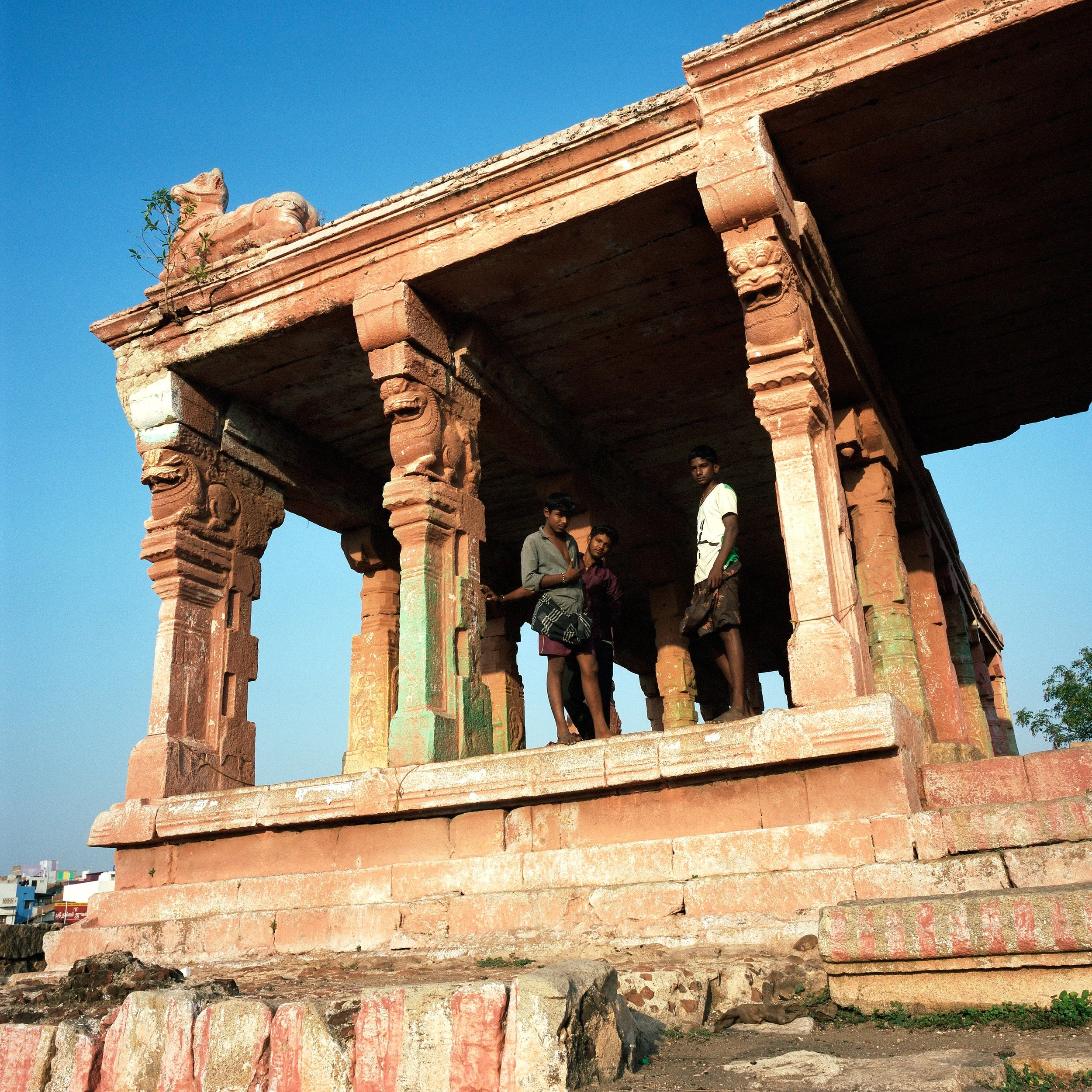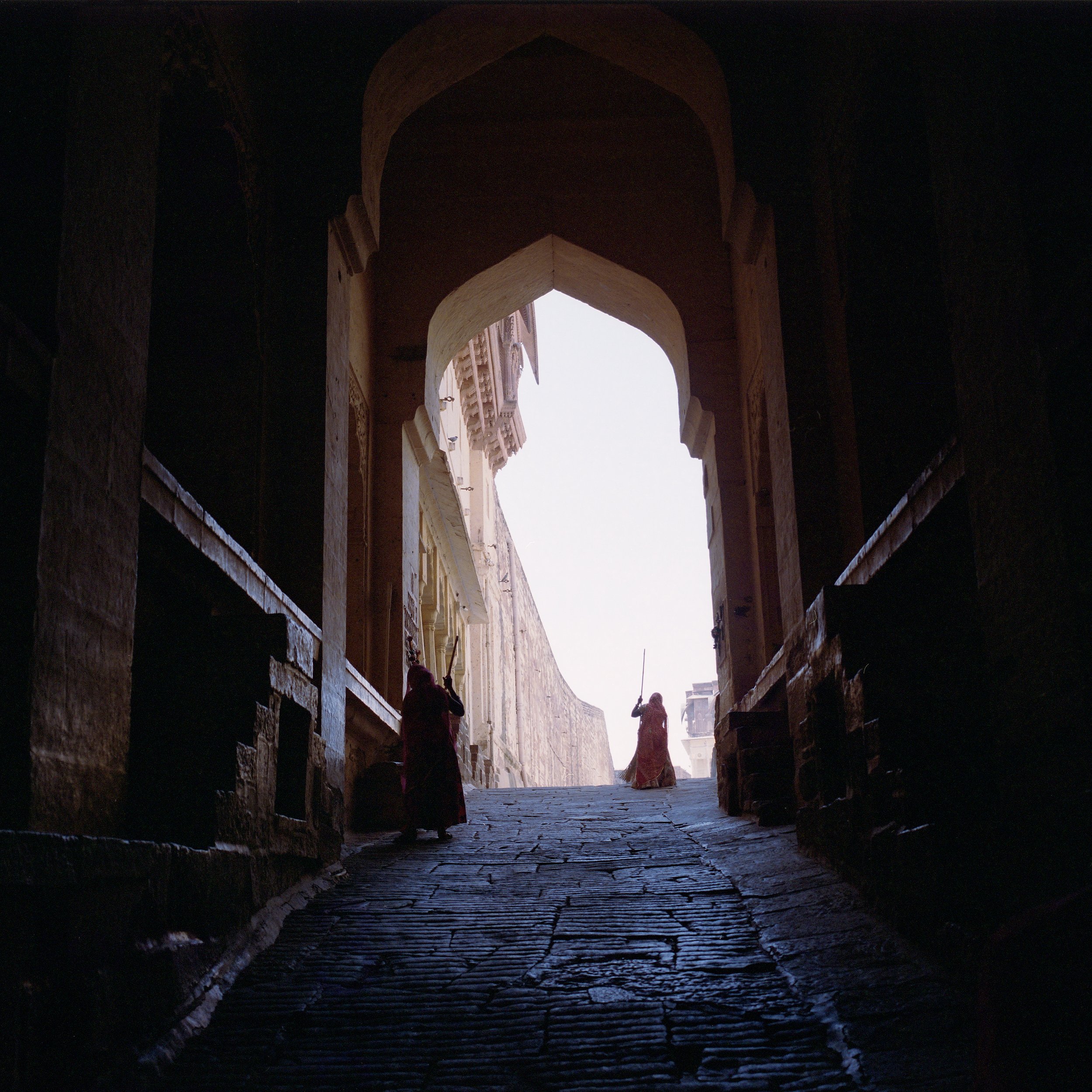VEDANTA
Author’s Statement (~320 words)
I travelled through India for six months in 2017, with little plan beyond the day in front of me. Trains, buses, ferries; stations and rooftops; rooms with thin walls and loud mornings. I kept moving. Movement brings its own distance: you’re inside a scene and at its edge at the same time. These photographs begin there, in that thin space between presence and remove.
They are observations, not transactions. I wasn’t trying to solve India or extract meaning from it. I watched light settle on concrete and cloth, on skin and water that kept its own counsel. I waited for rhythm — someone sweeping a step; a hand at a window; a procession folding down a street and dissolving again. When nothing happened, the frame held anyway: air and temperature, the way colour sits when sound recedes.
The title, Vedanta, names a boundary — the point where knowledge gives way to awareness. It isn’t an answer so much as a stance: looking without claim. That feels honest to the experience of passing through a place too large to be held by explanation. The pictures choose attention over assertion.
Shot on medium-format film and processed locally, the work prefers a slower read than the pace that produced it. The grain is a reminder that time has weight and description has limits. If there is a structure, it is breath: compression and release; ritual and rest. A crowded frame is followed by an open sky; a colour that insists is answered by stone.
This is not a portrait of India. It is a record of looking — what remains when the urge to define loosens and attention becomes the work. If anything, the pictures ask for time: enough for light, colour, and air to make their case, and for the calm that comes from being inside a moment and at its edge at once.






